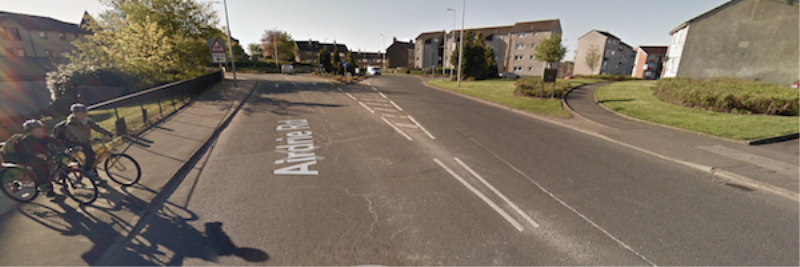Insurer blames elderly pedestrian

What Happened
Elizabeth was out for a walk one summer's evening in Airdrie and needed to cross a busy road (B802) to get to her final destination. The crossing point was familiar to her and she knew the road was open and she could be seen from a good distance. She checked that the road was clear and proceeded to cross. There were some workmen on the pavement close to where she was crossing.
Her injuries
The last thing Elizabeth remembers is getting three quarters of the way across the road before being struck by a motorist and sustaining injuries to her entire left side.
Elizabeth’s injuries included a severe blow to the back of her head and a dislocated fracture to her left ankle. She was in chronic pain and had to undergo an operation for internal fixation to her left leg. She was forced to be off her feet for 6 months and required help from her family. Further operations were needed to remove metalwork in her leg.
Thanks to witness statements, Elizabeth later discovered that three cars had come off the roundabout further up the road at speed. She was hit by the second vehicle, though she does not recall the first one passing her by. The vehicle had honked at Elizabeth rather than braking. Elizabeth was confused as to why she had been hit, especially as she had almost reached the other side of the road.
Police investigation
The police did not investigate the matter and instead attributed the incident to pedestrian error. Elizabeth did not understand this finding since she was elderly and had been crossing the road for some time, so the vehicle should have easily been able to see her and brake. Witnesses, including one who saw the vehicle hit Elizabeth and then swerve into the grass, were dismissed by police.
Insurer blame pedestrian
The idea that Elizabeth had allegedly been at fault enabled the third-party insurer to deny liability. They justified their position on a generalisation of Elizabeth being elderly and having difficulties observing her surroundings. Pedestrian Law Scotland brushed these notions aside and instead looked at the circumstances surrounding Elizabeth’s case.
Elizabeth had been perfectly visible on the road given where she had been crossing and any collision had therefore been the fault of the encroaching motorist.
PLS fights on and gains full settlement
Eventually, the third-party insurer came around to admitting liability and tried to negotiate settlement on the basis of contributory negligence. The insurer began with a 50% contributory negligence offer. PLS firmly believed there was no evidence to support such a split in liability and continued to negotiate with the insurer until they finally agreed to settle Elizabeth’s claim in full.
Having been initially told she had been at fault for the incident, Elizabeth was delighted to achieve such a successful result in the end. Given the obvious negligence of the motorist and the suffering Elizabeth endured subsequently, PLS was pleased that they were able to get her a fair settlement.